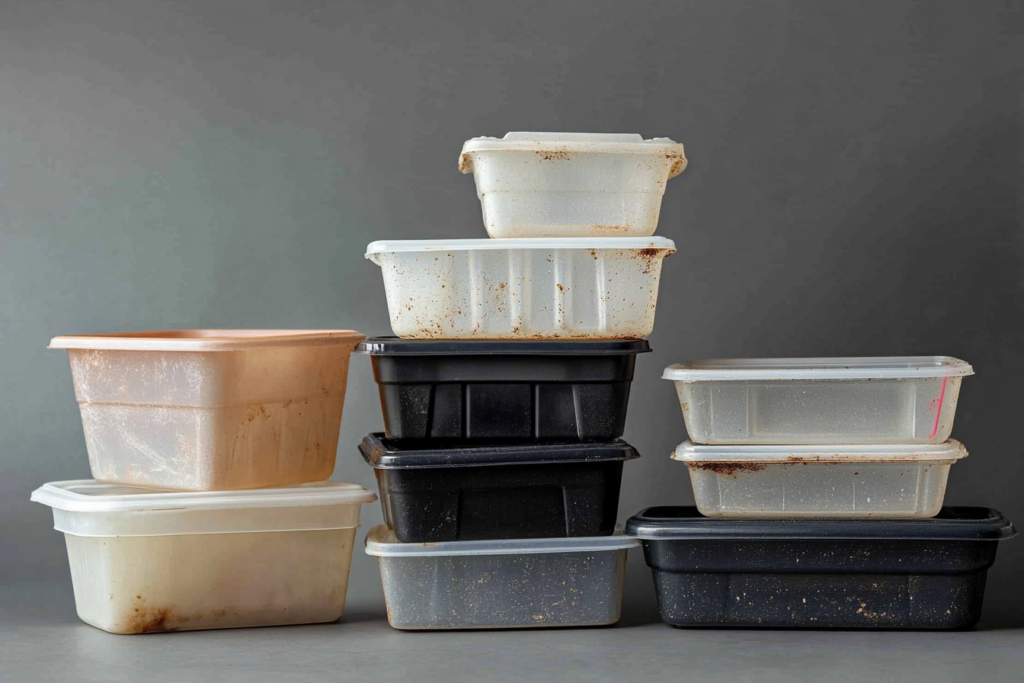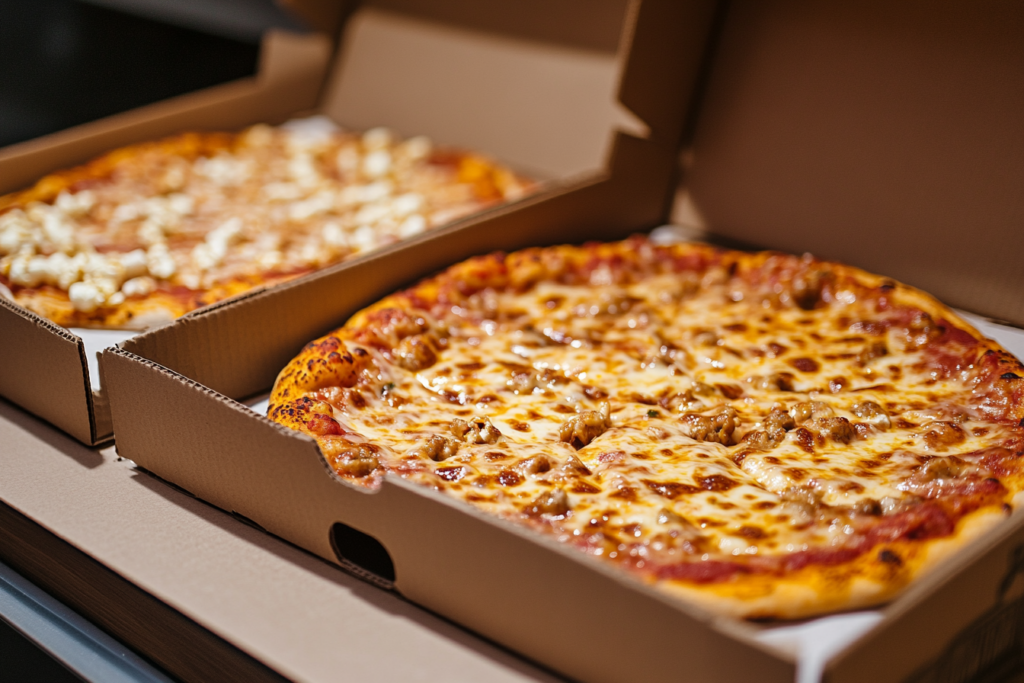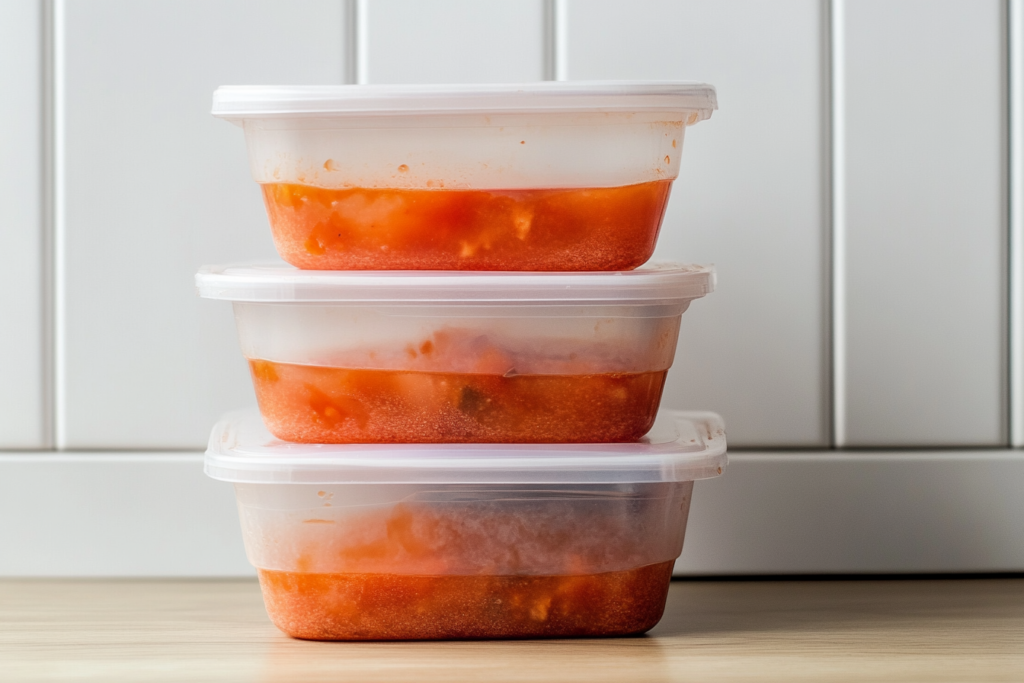We all want to be mindful of waste, but when it comes to food storage, some containers should head straight to recycling. That stack of plastic takeout containers might seem perfectly reusable, but there’s more to consider than meets the eye. Here’s what you need to know about which food containers to retire and what to use instead.
Why plastic takeout containers need to go

Those convenient plastic deli and takeout containers might seem sturdy enough for multiple uses, but they’re designed for one-time use only. These containers can harbor harmful substances that leach into your food, especially when exposed to heat or acidic ingredients.
Even containers marked as microwave-safe aren’t meant for repeated heating – that label only indicates the plastic won’t physically melt. For safe food storage, consider investing in glass storage containers that won’t break down or transfer chemicals to your food.
Paper and foam packaging limitations
Porous materials like paper, paperboard, and foam containers should never be reused. These materials can trap food particles and bacteria in their tiny spaces, creating perfect conditions for contamination. What’s more, paper processing often involves chemicals that aren’t meant for prolonged food contact.
If you’re looking for eco-friendly alternatives, consider stainless steel containers – they’re practically indestructible and won’t absorb odors or stains.
Microwave susceptor packages are single-use only

Those special packages designed to brown and crisp food in the microwave? They’re engineering marvels, but strictly one-and-done. The heat-susceptible materials break down after first use, making them ineffective and potentially unsafe for reuse.
Instead of trying to reuse these specialized packages, opt for microwave-safe ceramic dishes designed for repeated use.
Non-food product containers are off limits
That empty shampoo bottle might look perfect for storing homemade salad dressing, but containers that originally held non-food items should never be repurposed for food storage. These containers haven’t been tested for food safety and may retain residues from their original contents.
The same rule applies in reverse – once you’ve used a food container to store non-food items, it should never return to food service. Plastics can absorb and release traces of whatever they contain, potentially contaminating your food.
Strong odor containers need special consideration

Ever noticed how plastic containers that held curry or tomato sauce never quite lose that smell? That’s because these containers have actually absorbed compounds from the food. Once this happens, those same compounds can transfer to other foods stored in the container later.
For foods with strong flavors or odors, stick to glass or ceramic containers. These materials won’t absorb odors or stains, keeping your food tasting exactly as it should.
Remember the golden rule of food storage: if you’re unsure about a container’s safety, it’s better to err on the side of caution. Investing in high-quality, reusable containers might cost more upfront, but they’ll save money in the long run while keeping your food safe and fresh. The next time you’re tempted to wash out that takeout container for another use, consider whether it’s worth the risk.
